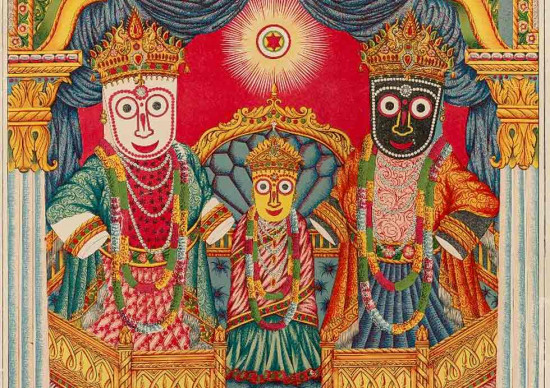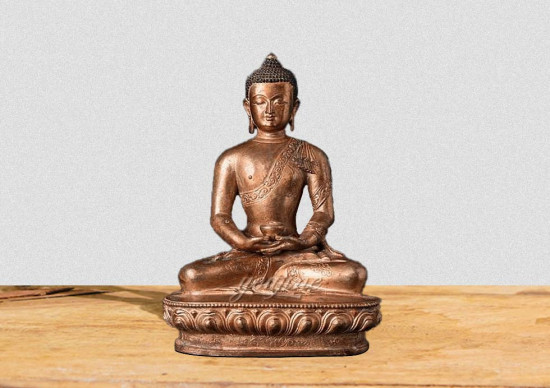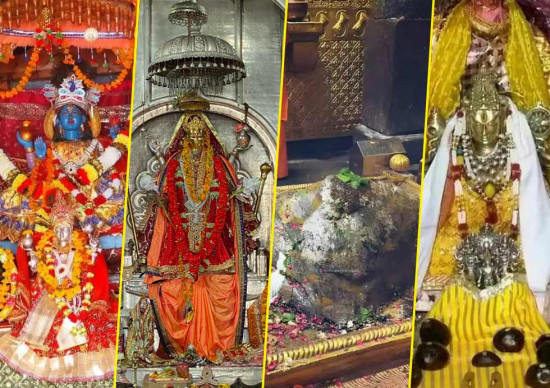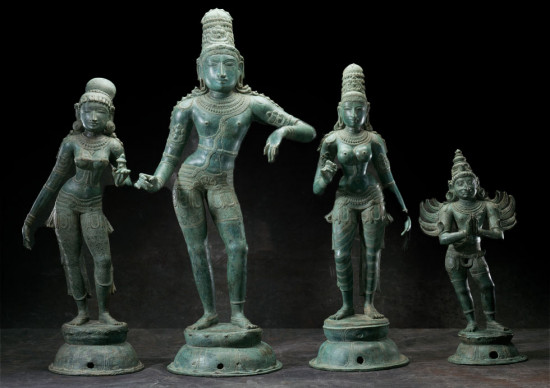
This majestic temple carries great significance for both devotees and pilgrims alike. It stands as a spiritual sanctuary, offering solace, inner peace, and a profound connection with the divine. Throughout the year, throngs of devotees converge on Srirangam Temple, drawn by the desire to seek the blessings of Lord Ranganatha.
More than merely a religious site, this temple serves as a living embodiment of India’s rich cultural and religious heritage. It symbolizes the unwavering devotion of countless generations and remains an enduring testament to the nation’s spiritual and artistic legacy.
Ranganathaswamy Temple, Srirangam
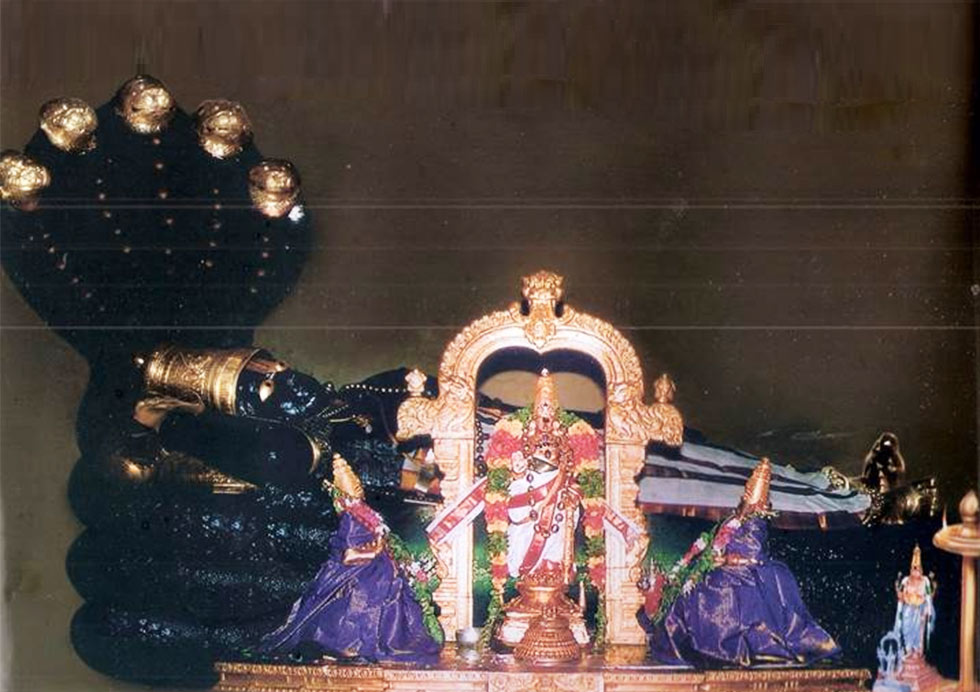
A substantial part of Srirangam town resides within the periphery defined by the three outer walls of the temple complex. As you venture into this sacred enclosure, you’ll be greeted by a breathtaking array of meticulously crafted carvings embellishing the walls. These intricate designs narrate stories and impart the profound wisdom of Hindu scriptures, eloquently reflecting the opulent heritage and spiritual knowledge of the Hindu faith. The precision and artistry exhibited in these carvings are nothing short of captivating, leaving visitors in sheer awe.
The temple also has many mandaps or halls, each meticulously designed and embellished with intricate artwork. These mandaps serve multiple purposes, from hosting religious rituals to providing congregational spaces for kirtans (devotional songs) and pravachans (spiritual discourses). Raganarhaswamy temple’s architecture is a testament to the skill and devotion of the artisans who dedicated themselves to this divine creation. The intricacy of the carvings, the layout of the temple, and the overall design all contribute to the sense of wonder and reverence experienced by visitors.
Srirangam Temple’s architectural and artistic splendor is so enchanting that beholders often find themselves lost in its magic. The temple, with its intricate details and spiritual aura, offers a truly transformative experience that resonates with the hearts and minds of all who visit.
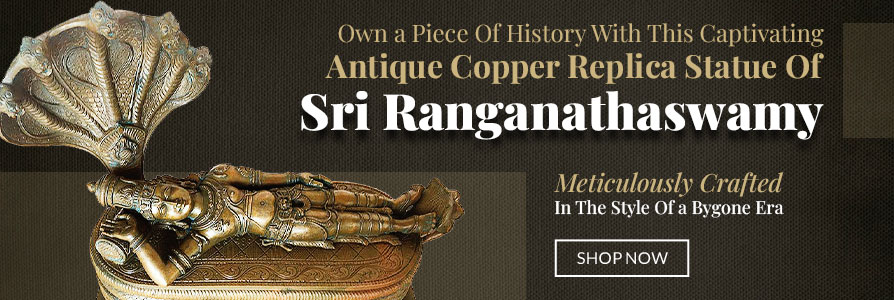
History of Ranganathaswamy Temple, Srirangam
In response to Brahma’s devotion, Lord Vishnu manifested Himself as Lord Ranganatha, resting atop the divine Ananta Sesa, complete with a sanctified chamber or vimana. The Lord revealed that He would manifest in eight earthly locations, with Srirangam being the first and most ancient among them.
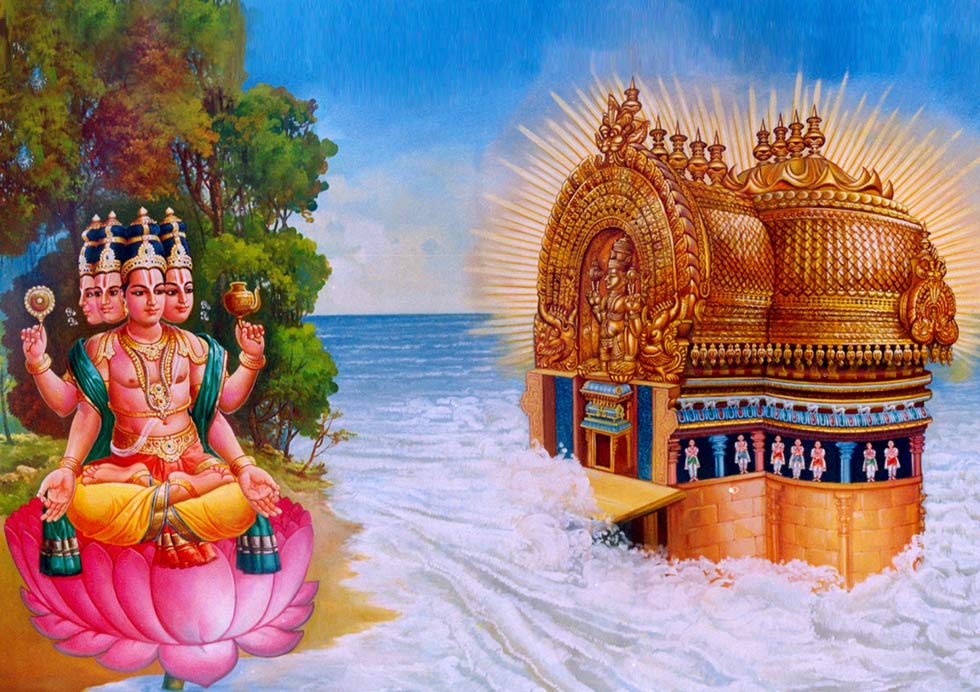
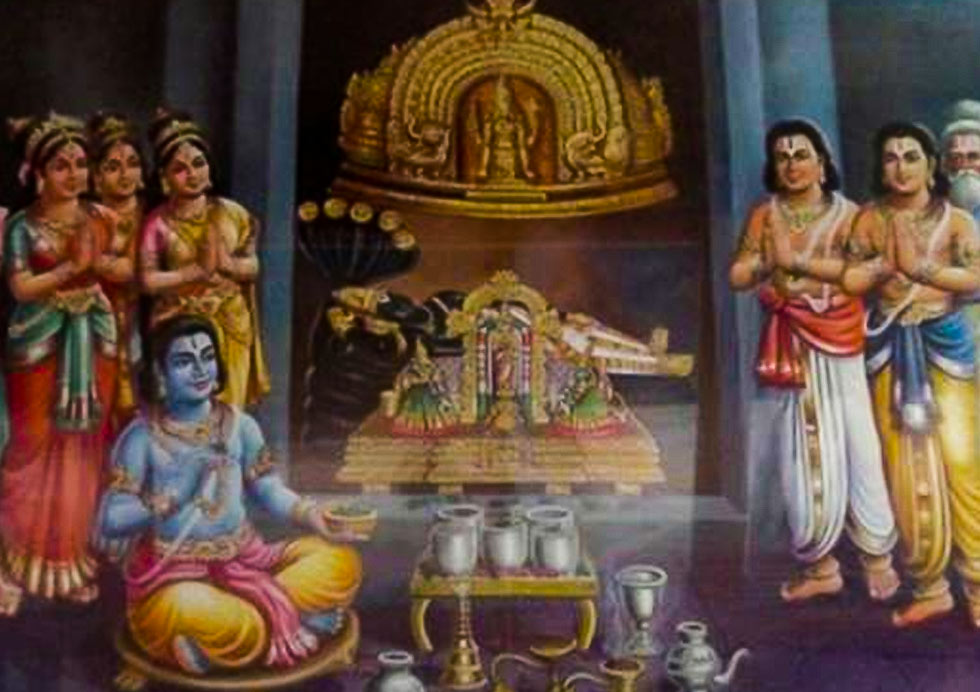


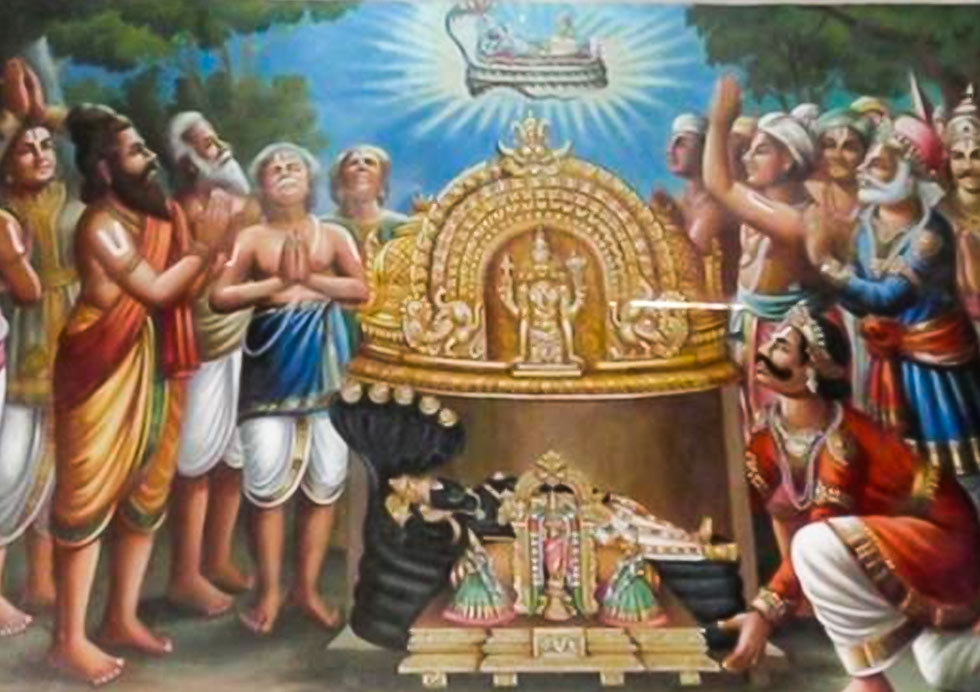
But a remarkable turn of events occurred when a parrot perched on a nearby tree recited a sacred verse, revealing the temple’s long-forgotten location. Beneath that very tree, the Chola King rested, and upon hearing the parrot’s chant, he embarked on a quest to unearth the temple.
Over the centuries, the temple underwent a process of expansion and renovation, thanks to the efforts of Chola and Pandya kings, with King Kulasekhara standing out for his contributions. In addition, influential Vaishnava leaders like Yamunacarya, Ramanujacarya, and Sudarsanacarya played pivotal roles in shaping the temple’s worship and its enduring legacy.
Despite the challenges and invasions, the glory of Srirangam persisted, and the temple continued to thrive under the rule of the Vijayanagar and Nayak dynasties. In the modern era, the temple’s management transitioned to the Indian government and the Sri Vaishnavas after India gained independence in 1947, marking a new chapter in its rich history.
A Revival and Modern Transformation:
As time went on, the temple remained a focal point in a world that went through many changes. It witnessed the rule of Muslims, the influence of the French, and the colonial power of the British. Despite these shifts, the temple stood as a symbol of unwavering spiritual strength and cultural heritage.
Then, in 1947, when India achieved independence, a new chapter began for the temple. Its management was entrusted to both the Indian government and the dedicated Sri Vaishnavas, bringing about a significant and transformative phase in its remarkable history.
Upa Devathas (Subsidiary Deities) of Srirangam Temple
The Ranganathaswamy Temple in Srirangam, like many major Hindu temples, has a pantheon of subsidiary deities, also known as Upa Devathas. These subsidiary deities are worshipped within the temple complex alongside the presiding deity, Lord Ranganatha. Here are some of the prominent Upa Devathas of the Srirangam Temple:
- Goddess Ranganayaki (Thayar): She is the divine consort of Lord Ranganatha and is an essential figure in the temple’s worship.
- Lakshmi Narasimha: Lord Narasimha, an incarnation of Lord Vishnu, is another significant Upa Devatha within the temple. He is revered for his fierce form and role as a protector.
- Goddess Andal: Also known as Nachiar, Andal is a beloved deity in the Srirangam Temple and is celebrated for her devotion to Lord Krishna.
- Lord Ganesha: Lord Ganesha, the remover of obstacles, is commonly worshipped in many Hindu temples, including Srirangam.
- Sri Hanuman: The mighty Lord Hanuman, a devoted disciple of Lord Rama, is often present in Vaishnava temples, symbolizing unwavering devotion and strength.
- Sri Garuda: Garuda, the divine eagle and vehicle of Lord Vishnu, is revered for his loyalty and service to the Lord.
- Sri Anjaneya Swamy: Anjaneya Swamy, another form of Lord Hanuman, is a popular deity in the temple, known for his devotion and valor.
- Sri Rama and Sita: The divine couple, Lord Rama and Goddess Sita, are also worshipped in various forms within the temple.
- Sri Chakrathazhwar: This deity is associated with the Sudarshana Chakra, Lord Vishnu’s divine discus, which represents protection and destruction of evil.
These Upa Devathas have their sanctums and rituals within the temple complex. Devotees offer prayers and seek blessings from these subsidiary deities, believing that they play an important role in connecting them with the divine presence of Lord Ranganatha.
Utsava Deities of Srirangam's Ranganathaswamy Temple
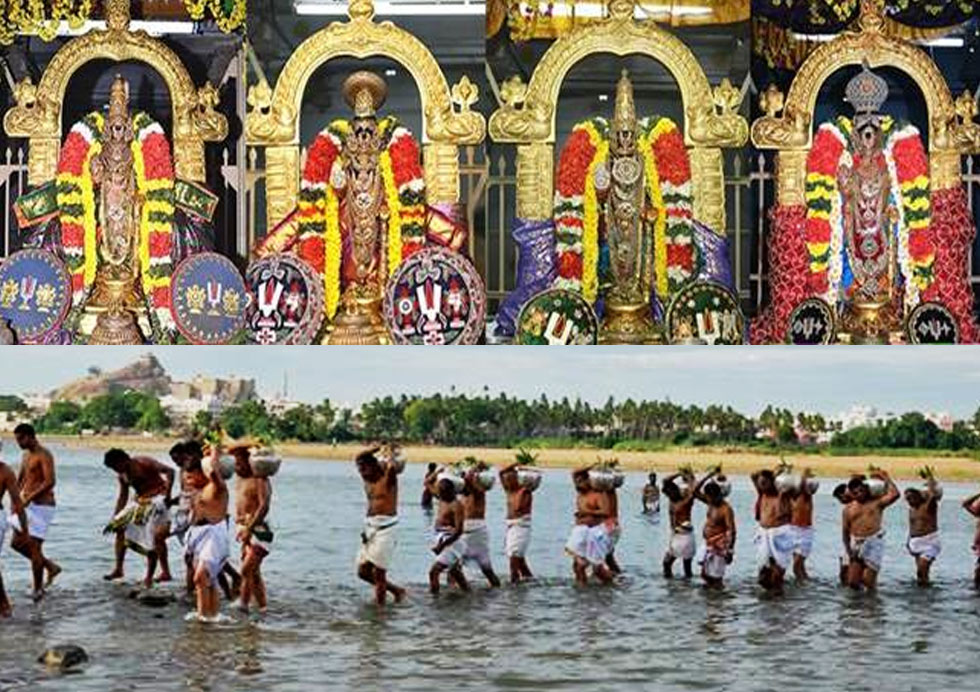
Divine Treasures in Cottage 9: Upa Devathas of Srirangam's Ranganathaswamy Temple
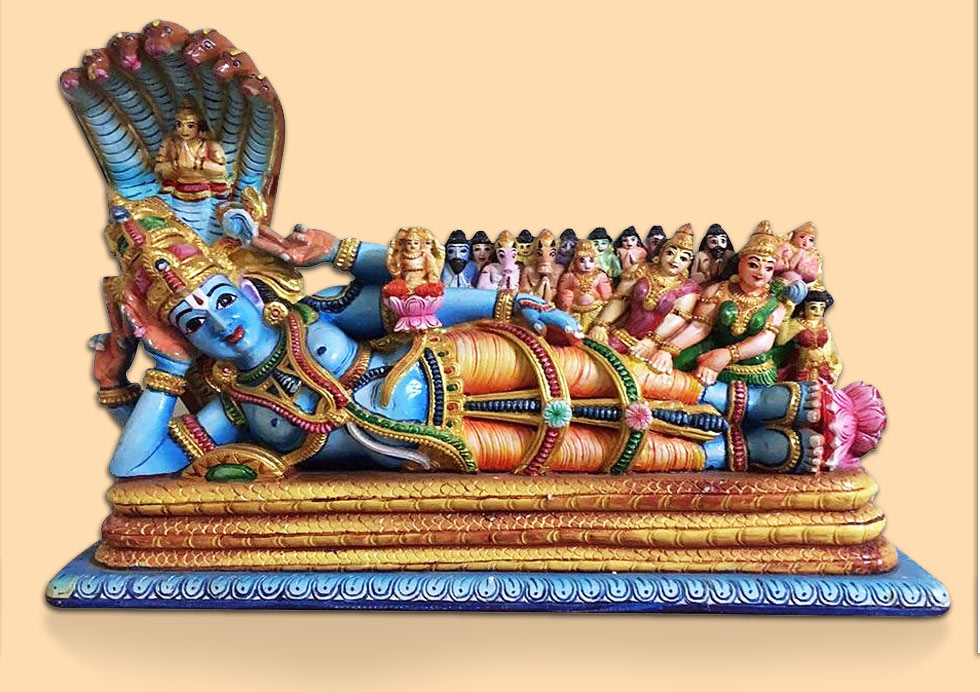 SHOP NOW
SHOP NOW

